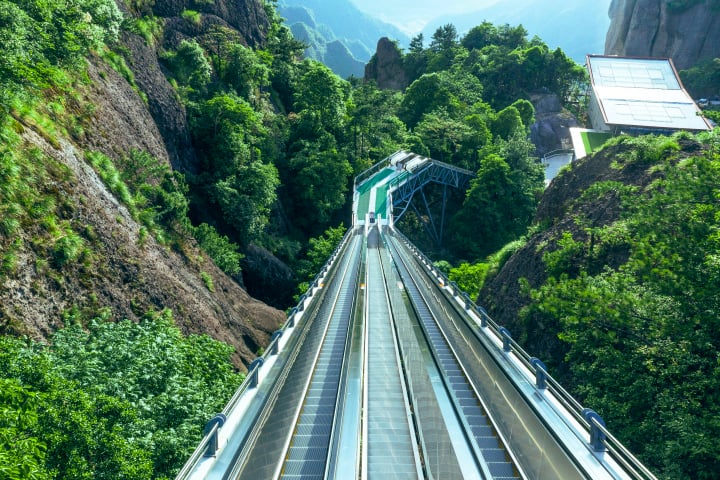Dia de los Natitas (Day of the Skulls) is an ancient Bolivian ritual where skulls are decorated with flowers and pampered with cigarettes, coca leaves and other treats.
Every November 9, the central cemetery, in La Paz, Bolivia, becomes the scene of a bizarre pre-Columbian tradition, known as Dia de los Natitas. Women carrying skulls, in decorated wooden or cardboard boxes, fancy glass cases and even in plastic bags, gather outside the cemetery to show off their skulls. They are usually decorated with flower petals (hydrangeas and roses) and covered with knitted colorful caps.
Some Bolivians believe a person has seven souls, and one of them remains in the skeleton, after they’ve been buried. Once the other souls have left for heaven, the remains are dug up and the skull taken home and cared for. If they’re not respected, skulls can bring bad luck to a household, ruin the harvest and even break up a family. But if they’re properly taken care of, you can ask the skull for favors.
A big part of caring for the skull is represented by the Dia de Las Natitas celebration. Skulls are offered cigarettes, coca leaves, alcohol and are even serenaded by street musicians. Read More »




















